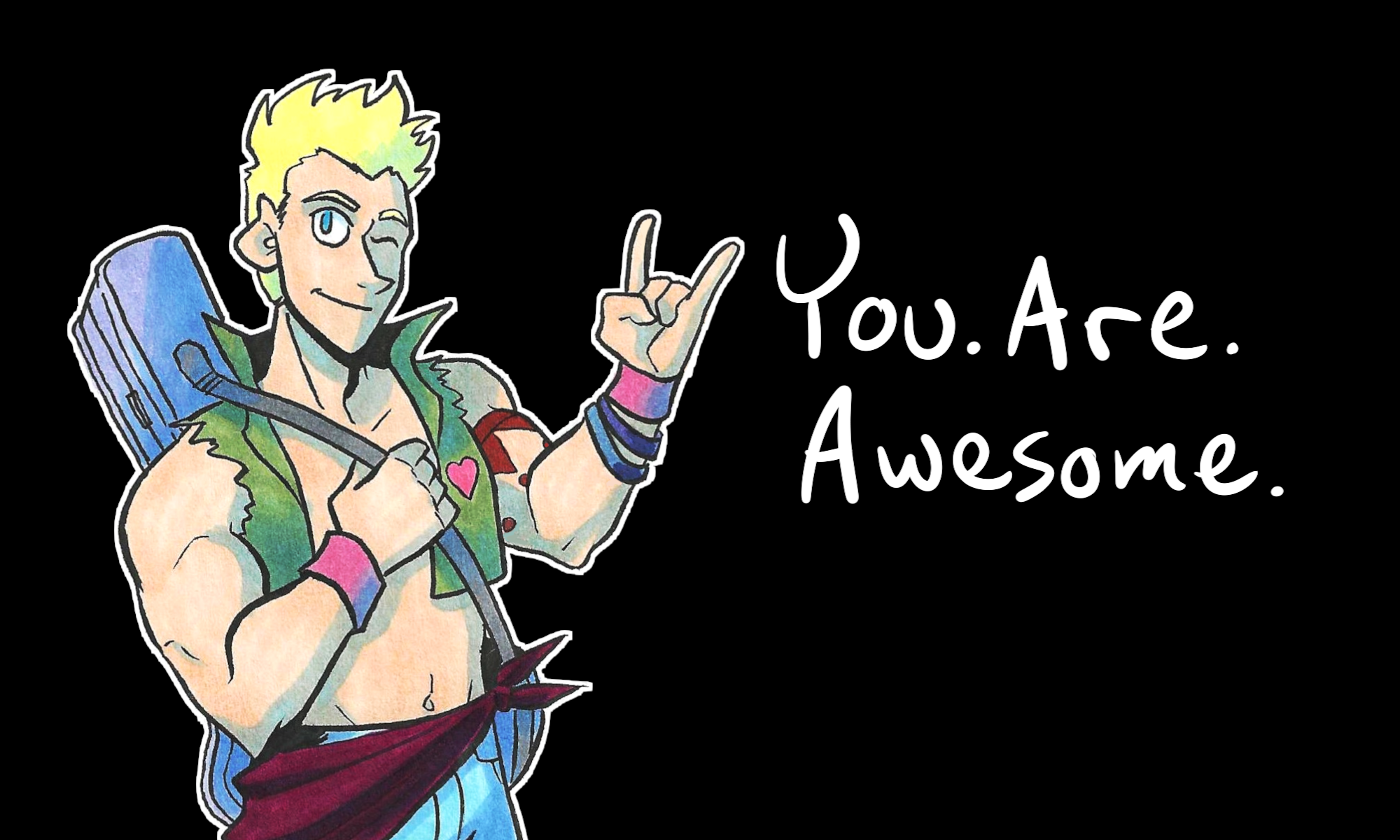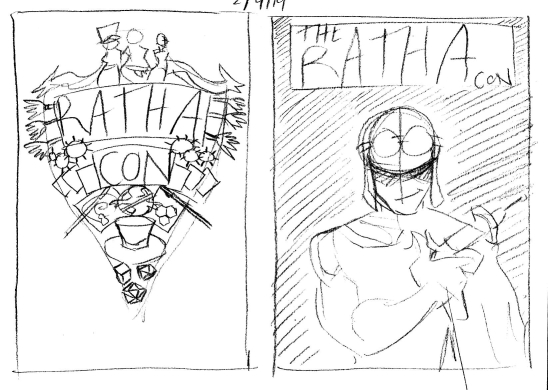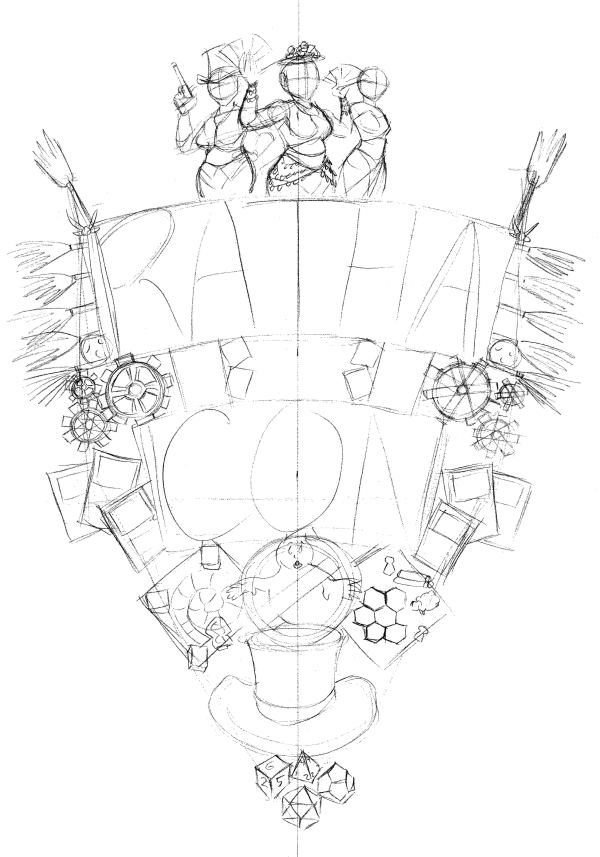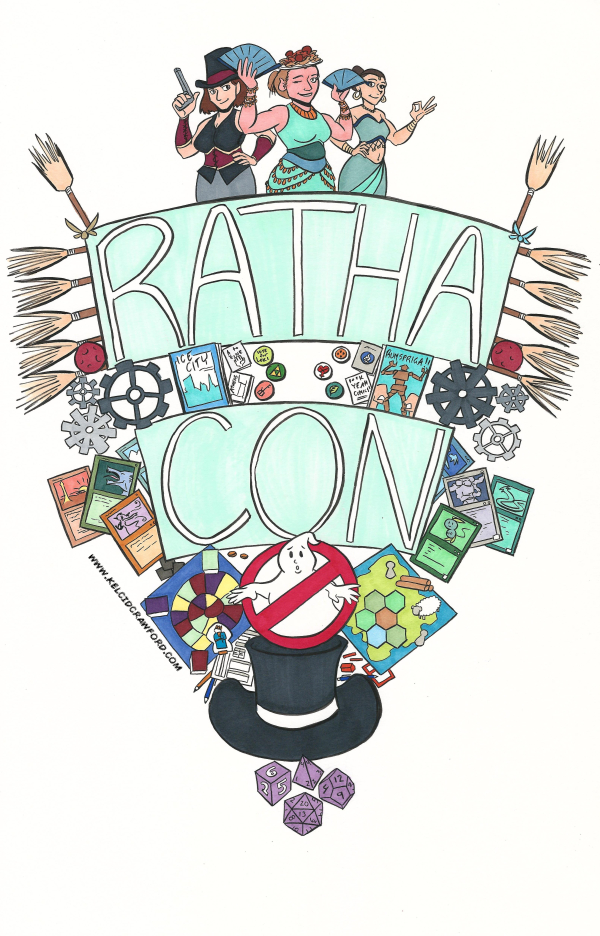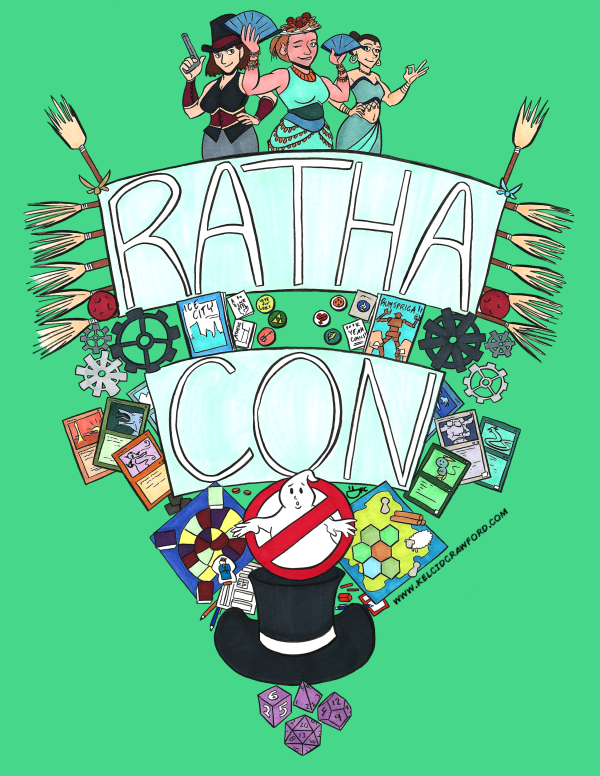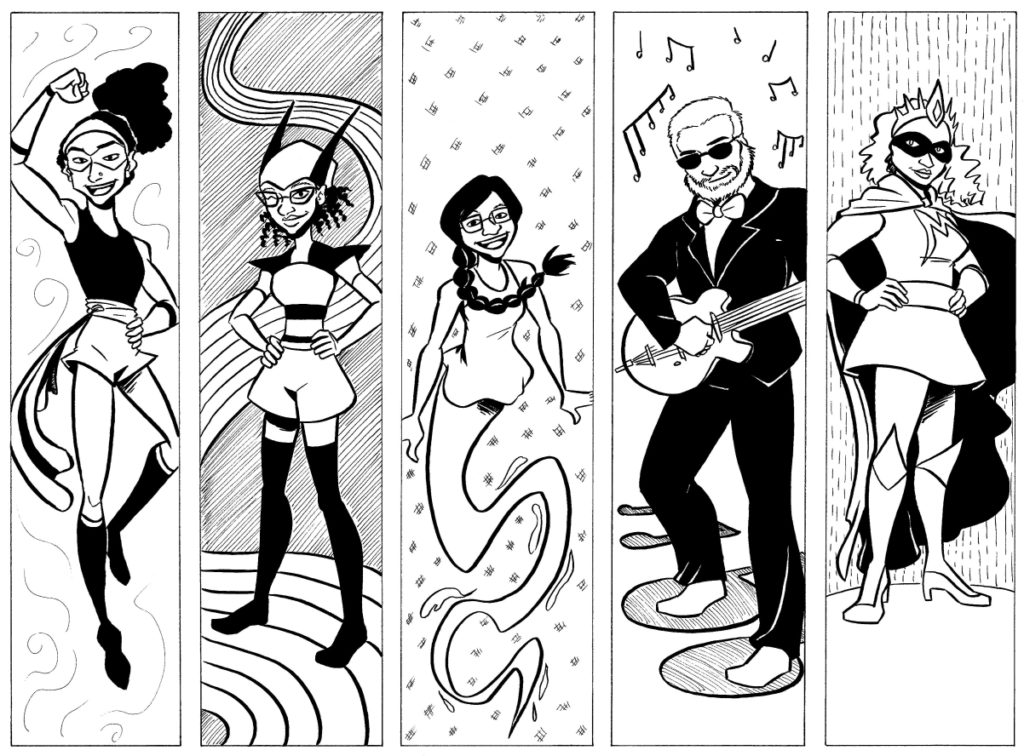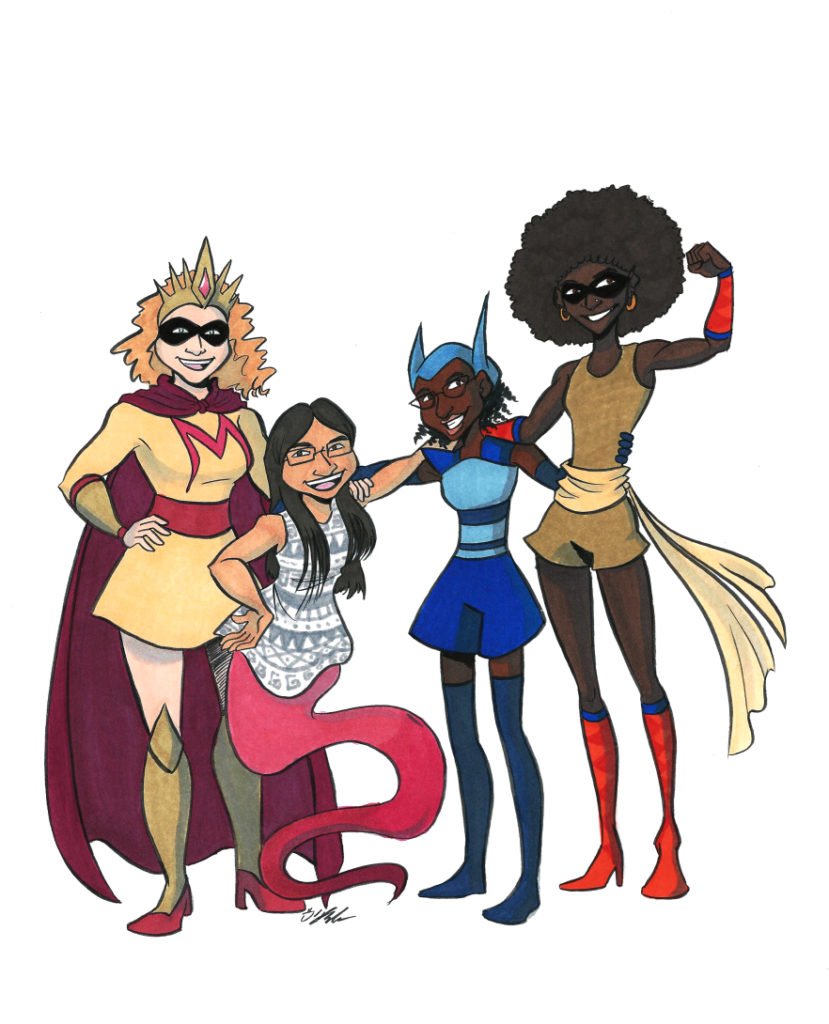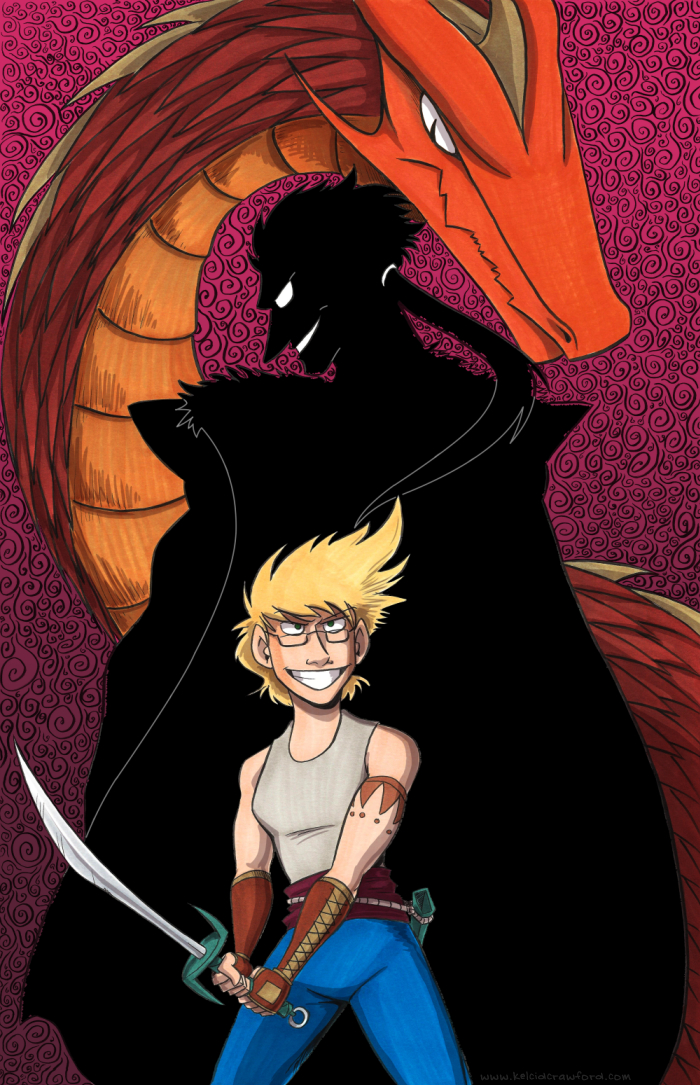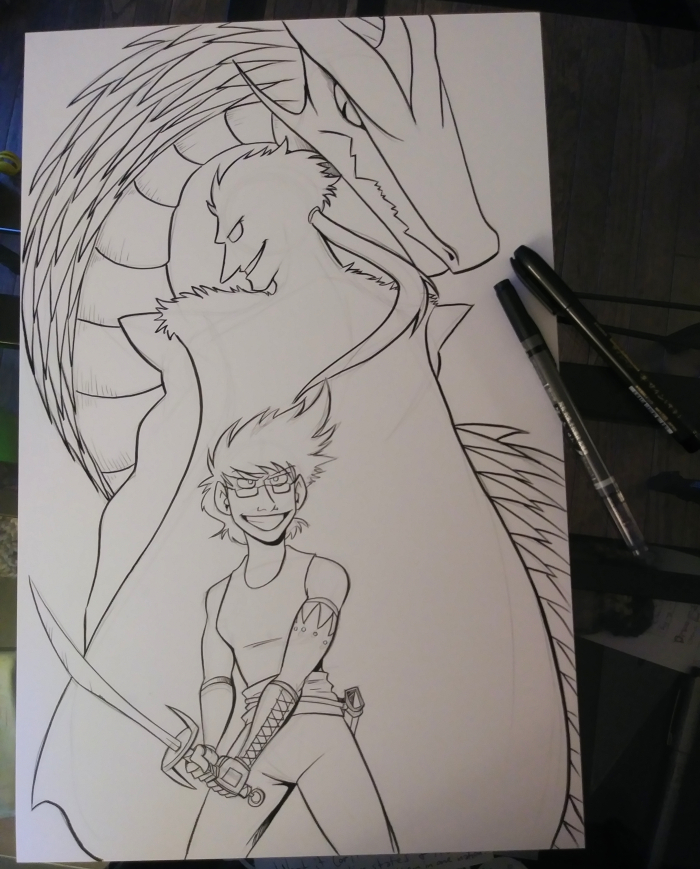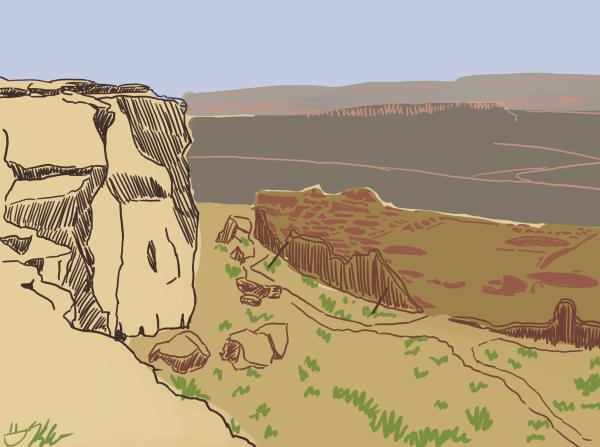
Notre Dame cathedral in France caught on fire. And that got me thinking.
Specifically, it got me thinking about the importance of cultural preservation, how we got to caring about Notre Dame cathedral so much, and how we can carry that attitude moving forward.
We as an American/European culture got to caring about Notre Dame cathedral mostly because of Victor Hugo’s The Hunchback of Notre Dame – or, in the original French, “Notre Dame de Paris.”
Believe it or not, that book has nothing to do with the love “triangle” of Quasimodo, Esmerelda, and Frollo. That dynamic was more due to later interpretations and adaptations of the novel to the movie screen. (For more on that, check out this video by Lindsay Ellis if you haven’t already.)
No, the original book is a lengthy essay about the importance of architecture to a culture and how architecture outlives and outlasts the people who live around it.
So, if you ever read the book and wondered, like teenage-me did, why the characters are so unlikeable and why there are entire pages devoted to the flying buttresses… well, now you know.
In short, Victor Hugo’s book was written in an attempt to preserve Notre Dame cathedral at a point in time and history when cultural preservation wasn’t even a concept. Keep in mind, too, that when Hugo wrote the book, Notre Dame cathedral was practically a shell, having been looted and torn apart multiple times until he wrote “Notre Dame de Paris.” This book was written with the intent of telling people why this cultural edifice was so important, and urging people to restore it and preserve it.
I’m glad we now live in a world where historical and cultural preservation is a thing. And I’m glad to live in a world where the burning of Notre Dame Cathedral is considered a tragic event because of the historic significance of the landmark.
That said, don’t worry too much about Notre Dame Cathedral. Now, I’m saying this as an American Pagan and not a French Catholic. I’ve never seen the cathedral in person, and my only visual memory of it is the Disney adaptation of The Hunchback of Notre Dame. However, Notre Dame Cathedral has the Catholic Church and the support of millions of Catholics around the world to restore it. Notre Dame cathedral will be fine.
My hope is that we remember the significance of cultural landmarks like Notre Dame Cathedral, and we carry that attitude with us towards monuments and landmarks that are at risk.
Like, here in the United States, we have a lot of cultural parks at risk at the hands of our current government administration, who are more focused on resource extraction than on cultural or historic preservation.
As an example, let’s take a look at Chaco Culture National Historical Park in New Mexico. This site is not only a culturally significant site to MANY Native American tribes. It’s also the home of the oldest Pueblo ruins in the United States.
And the problem? The largest of those ruins, Pueblo Bonito, was excavated, but nearly half of it was buried again under a landslide. All of that work, and all of the artifacts left to excavate, was lost.
And my concern? Right now there are fossil fuel companies looking to build mines, or god forbid, go fracking, in the lands in and around Chaco Canyon. The earthquakes that those operations cause could bury more ruins and make us lose more history.
My hope? I hope we remember the example of Notre Dame Cathedral and we carry that momentum forward, to protect the cultural landmarks that contain our history.
Chaco Canyon and Notre Dame Cathedral mean different things, depending on your religious outlook. But they are both significant landmarks that have outlasted and outlived the peoples who originally built them. My hope is that we remember the significance of places like Chaco Canyon and we treat it with the same care and respect as we do Notre Dame.
Thank you for reading.
You. Are. Awesome.
P.S. If you would like to find out more about Chaco Canyon, here’s their official website (if you have the means to, they also accept donations). And be sure to check out (and if you can, support) The National Park Service, the organization that protects sites like Chaco Canyon nationwide.
